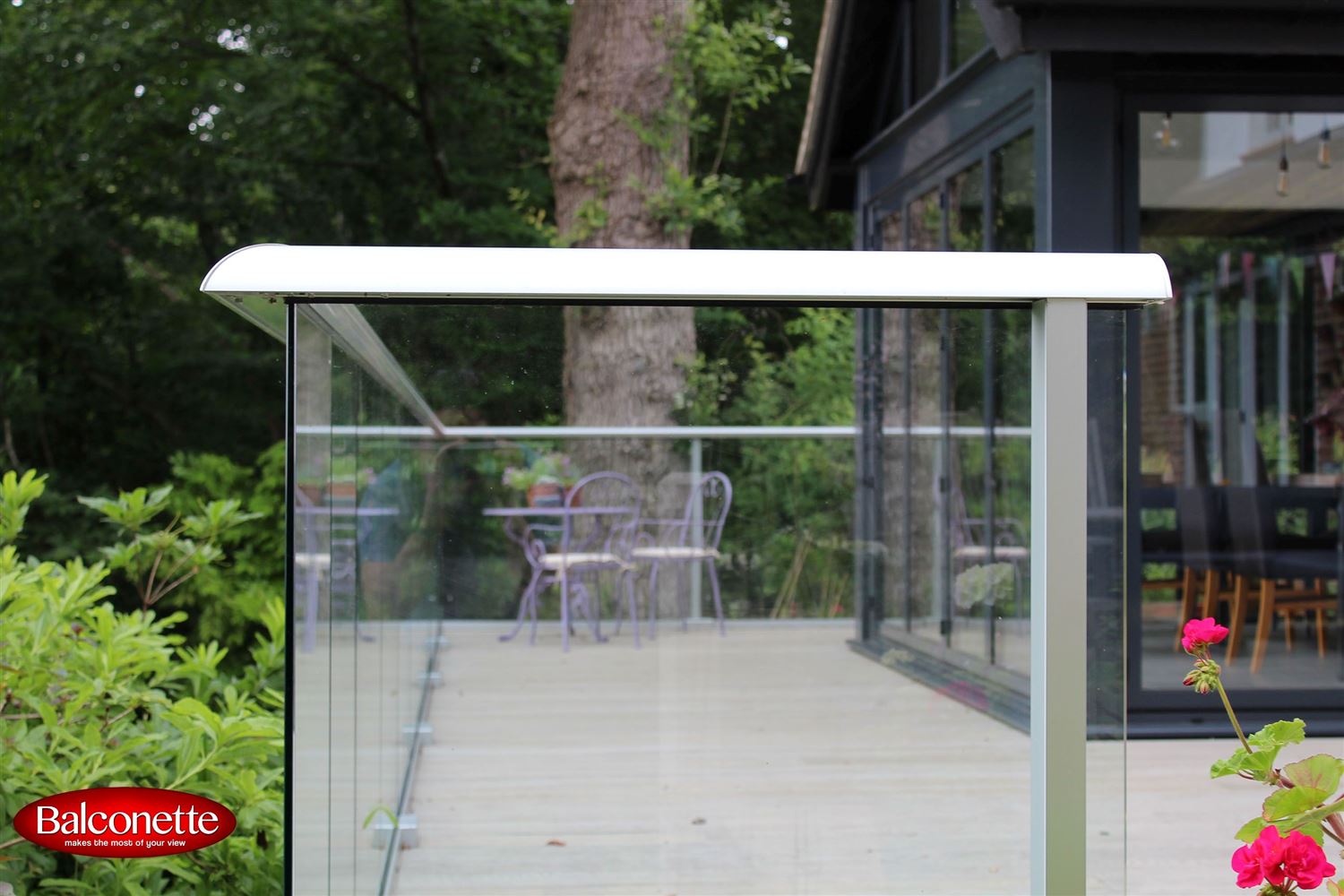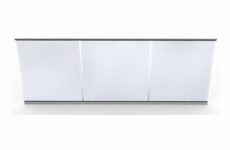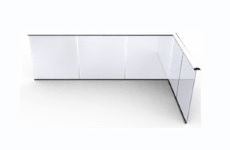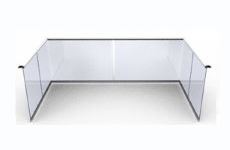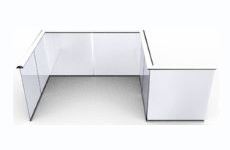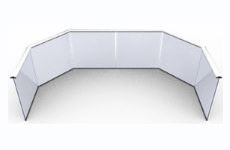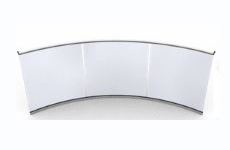How do historical balustrade designs reflect the cultural?
Glass Balustrades | Juliet Balconies | Galleries | Articles | Case Studies
To price your balustrade requirement first choose the shape most similar to yours
Balustrades have evolved significantly over centuries, reflecting the prevailing
architectural styles and cultural influences of different eras. For instance, during the Renaissance period, balustrades featured intricate carvings and ornate details inspired by classical Greek and Roman architecture.
In contrast, the Baroque era saw the emergence of more elaborate balustrade designs adorned with sculptures and elaborate motifs, reflecting the grandeur and opulence of the period. Additionally, in regions such as Asia and the Middle East, balustrades often incorporate motifs and patterns unique to their respective cultures, showcasing the diversity of design influences across different parts of the world.nts in materials and technology influence contemporary balustrade designs?
Contemporary balustrade designs benefit from advancements in materials and technology, allowing for greater flexibility in design and construction. Innovations such as glass, stainless steel, and composite materials have expanded the possibilities for creating sleek and minimalist balustrade designs that offer both transparency and durability.
Furthermore, advancements in digital fabrication techniques, such as 3D printing and computer-aided design (CAD), enable architects and designers to create intricate and bespoke balustrade elements that were previously unattainable using traditional methods. These technological advancements not only enhance the aesthetic appeal of balustrades but also contribute to their structural integrity and longevity.
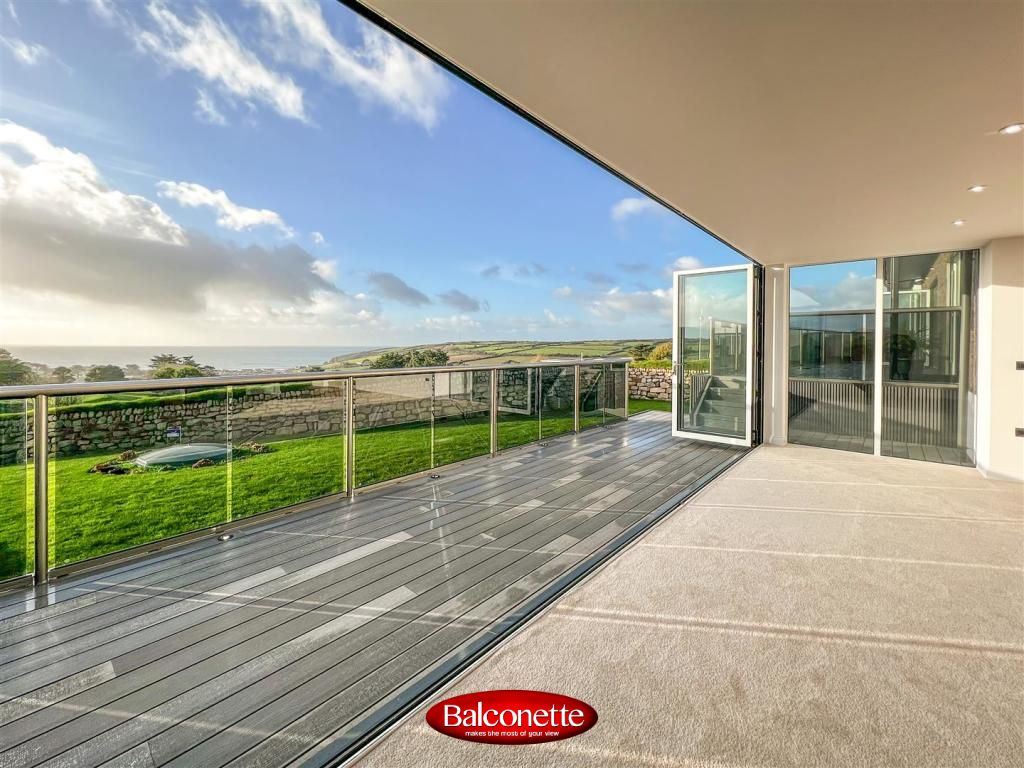
What are some unique and unconventional balustrade designs that challenge traditional notions of form and function?
In recent years, designers have pushed the boundaries of conventional balustrade design, exploring innovative approaches that challenge traditional notions of form and function. Examples include kinetic balustrades that incorporate moving components or interactive elements, allowing users to alter the configuration of the balustrade to suit their needs or preferences. Additionally, organic and biomimetic designs inspired by natural forms, such as tree branches or flowing water, create visually striking balustrades that blur the line between architecture and art. Furthermore, sustainable balustrade designs made from eco-friendly materials or incorporating green elements like living plants or recycled materials showcase a commitment to environmental responsibility while adding a unique aesthetic dimension to architectural spaces.
